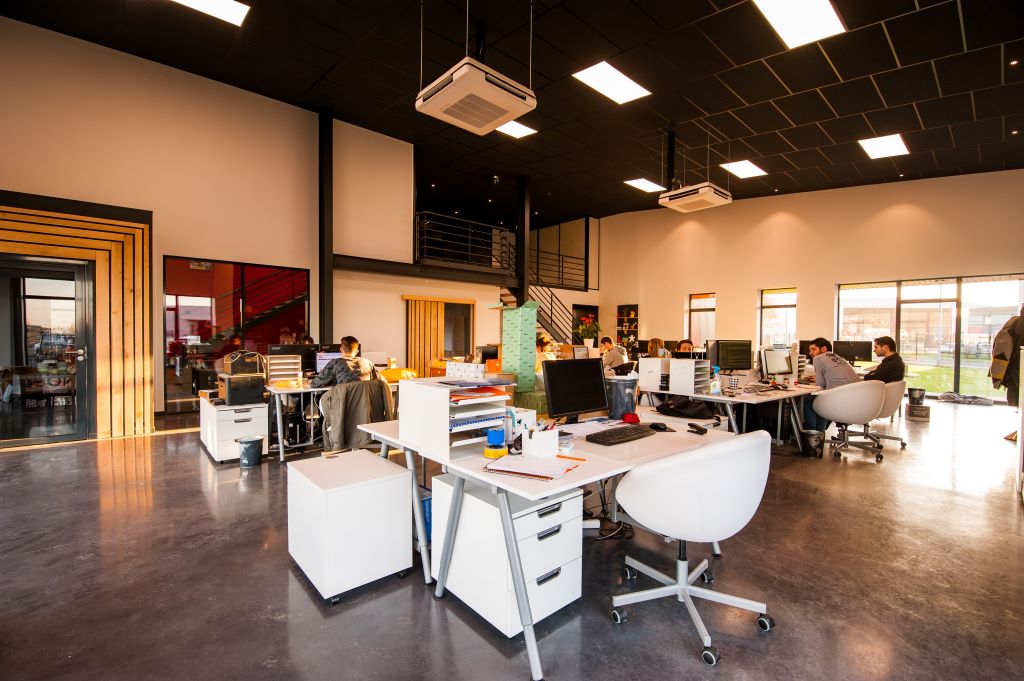The Future Of Work May Be A 60-Year Career: TOP 5 Trends From The World Of Work
December 17, 2021
Future of Work
Wellbeing
Future of Skills
New research from Stanford shows that half of today’s 5-year-olds will live to reach 100 years old. Longer lives mean longer periods of time working. But if that seems like too much work to you, it might be because you’re thinking about it all wrong.
1 in 10 people become new pet owners during the pandemic. We’re examining the pros and cons of having pets in the office. The U.K. labour market strengthens with a record jump in employment. Nike purchased an NFT fashion startup specializing in footwear lines. The deal is another move to further Nike’s digital ambitions. How talent pipeline strategies can help attract new talent – and reskill existing talent. The CEO of Slack speaks about the future of work. We’ve got a full breakdown of all the top headlines you can’t miss this week.
New research shows that half of today’s 5-year-olds will live to reach 100 years old. That same Stanford research made another unexpected conclusion: “Over the course of 100-year lives, we can expect to work 60 years or more.” Right now, in the U.S., most people retire around 62 years old. That means the average American will work 40 or so years. If 60 years of work seems like a stretch, perhaps it’s because we’re visualizing those 60 years like today’s environment: inflexible, and poorly matched to our lifestyles. That’s why we need to redesign work to better fit our lives in the long term. Read more in The Atlantic.
What else matters this week?
1 in 10 people become new pet owners during the pandemic. We’re examining the pros and cons of having pets in the office. The U.K. labour market strengthens with a record jump in employment. Nike purchased an NFT fashion startup specializing in footwear lines. The deal is another move to further Nike’s digital ambitions. How talent pipeline strategies can help attract new talent – and reskill existing talent. The CEO of Slack speaks about the future of work. We’ve got a full breakdown of all the top headlines you can’t miss this week.
#1. The future of work is a 60-year career.
New research shows that half of today’s 5-year-olds will live to reach 100 years old. That same Stanford research made another unexpected conclusion: “Over the course of 100-year lives, we can expect to work 60 years or more.” Right now, in the U.S., most people retire around 62 years old. That means the average American will work 40 or so years. If 60 years of work seems like a stretch, perhaps it’s because we’re visualizing those 60 years like today’s environment: inflexible, and poorly matched to our lifestyles. That’s why we need to redesign work to better fit our lives in the long term. Read more in The Atlantic.

#2. What to do if you want to quit your brand-new job.
A record number of Americans have left their jobs in 2021. Some left because of health concerns. Others due to caregiving demands.
Hiring is at an all-time low in the U.S., and many job seekers are finding that they have an opportunity to help call the shots.
But what happens if you want to leave your job within the first few weeks after getting hired?
If the job isn’t a good fit, of course it’s important to leave. But before handing in your notice, consider these steps when determining your next move:
- Reflect on your disappointment – and why you feel that way
- Give the position a chance.
- Have a genuine conversation with your manager and speak openly about your feelings
- Put your heart into your work, and see if you like it.
- Let yourself be happy
Read the full article at HBR

#3. Is going to the office a broken way of working?
Tech entrepreneur Chris Herd made headlines on Twitter when he tweeted about the future of the office.
“I spoke to 10 x Billion $ companies who canceled return to the office due to the delta variant,” he began. “A few predictions on what else is going to happen.”
The first thing on the list? Proclaiming the death of the office, saying that “by the time people can return to the office a lot of companies will no longer have space to return to.” The next prediction: workers would continue to flee cities and quit if employers force them back into urban offices.
The entrepreneur calls for a remote-first strategy, where teams gather less frequently in different locations that better fit the type of work. One of the big advantages? Growing the talent pool.
“A remote-first company can access the best talent in the world,” he said. “An office-first company can only access those who live within a certain radius of their building.” Read more at the New Yorker

#4. Is there a good way to do layoffs? Well, there are definitely bad ways.
Better.com CEO Vishal Garg went viral last week after he abruptly fired 900 employees on a video livestream, right after telling them how hard this was for him
“This is the second time in my career that I’m doing this, and I do not want to do this. The last time I did it I cried,” he said during the livestream.
When the employees went to vent on the anonymous app Blind, the CEO followed them there and chimed in. Garg blamed his former employees for getting laid off because they weren’t working enough. By the end of the week, the company announced that Garg would be taking some time away.
There are absolutely better ways to do layoffs than en masse firing calls on Zoom.
“At the end of the day, there is no way to fire someone compassionately,” Robert Chmielewski, co-founder and CEO of digital real estate leasing platform ShareSpace told Fortune.
But there are some techniques to fire employees in a fair and reasonable way. How should you handle it, then?
- Never make it about yourself – but no make it personal.
- Don’t insult the people you laid off
- Don’t fire people during the holidays
- Be generous
Read more in Fortune.

#5. Stellantis joins the battle with Silicon Valley for software talent
“Software Day” is the new trend for automotive manufacturers. Volkswagen, General Motors, and now Stellantis are all doing it.
Software Day, much like “EV Day,” is meant to help buoy a carmaker’s stock price while simultaneously convincing investors that the company has staying power to help transform the company for the future.
By 2030, the automotive industry will likely look completely different than it does now – and companies are chasing that growth and the new workforce that comes with the Green Transition. It’s becoming increasingly clear that building internal resilience and ensuring business continuity requires a deeper, more meaningful and holistic assessment of companies’ talent strategies and business strategies.
How is Stellantis doing it? Selling software-enabled services to consumers and corporate vehicle fleets. Vertical integration of hardware and software will be key. The reason stock price is so key? You need capital for the transformation. Read more at Bloomberg.




